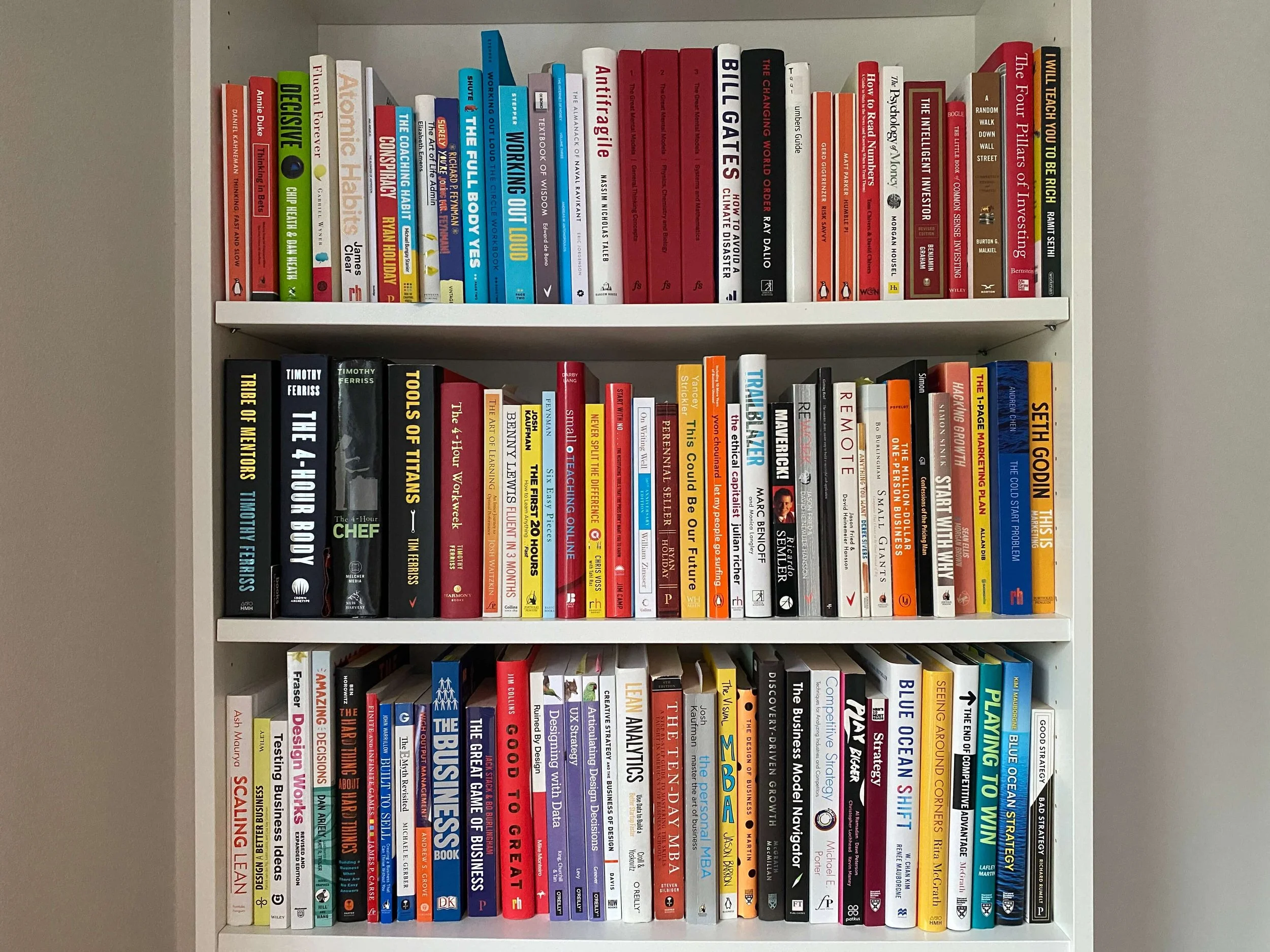Why designers should not take an MBA
By Alen Faljic
Designers have come a long way in the last 20 years. Design-driven companies such as Apple and Airbnb have shown the business value of design, so designers have started to gain more and more responsibility within companies.
As a result, we are expected to contribute strategically and speak the language of business. But unfortunately, business literacy has been vastly neglected in design education and community, and many of us are falling short in this new design era.
So, MBAs are the solution, right?
MBAs or Masters of Business Administration seem an obvious answer to our struggle. These postgraduate programs are offered by business schools and are designed for professionals from various fields who want to improve their business acumen. In an MBA class, you can find doctors, engineers, lawyers, developers, and even designers.
MBAs usually last a year or two and are offered in full-time or part-time variations. They cover a wide variety of business topics including macroeconomics, microeconomics, accounting, human resources, business law, strategy, finance, supply-chain management, etc.
Most business schools consider MBAs to be their flagship programs. It’s a program that typically gets a lot of resources and care, which is reflected in the high quality of their marketing and products. They have an admissions office, career counselors, program managers, and faculty, which is a mix of full-time professors and experienced practitioners from various industries. All these resources add up to make MBAs very expensive. Have a look for yourself. We’re talking about several tens of thousands of dollars even for the less known business schools.
Drawbacks of taking an MBA
The most common motivation for taking an MBA is career progression, usually toward business executive roles. And MBAs do excel at that. They are really good at taking a complete novice and turning them into a business executive. But what if you still want to progress within the design discipline? What if your goal is not to become a manager but rather a better designer?
MBAs cover a whole laundry list of business topics. But from the perspective of designers, there are many topics that can easily be skipped. Accounting? Microeconomics? Business law? Supply chain logistics? Yes, they are all important topics, but designers are not expected to master or lead discussions on these topics even as design leads. And there are more affordable and effective ways to acquire this knowledge if and when we need it.
And then there are opportunity costs. Taking an MBA does not cost you only the money you paid for the program. There is also the money you are leaving on the table by not working or working less. As a business school graduate myself, I would argue that MBA is terribly inefficient for designers. So, what are the alternatives?
The alternatives
One option is to learn on your own. I laid out the most important topics for designers in this guide and fundamental economics concepts over here. If you dive deeper into these topics and find a few good business books on each subject, you’ll become much more fluent in the language of business. This path is very affordable and totally doable but it just takes longer to achieve results. You’ll have to go through materials yourself, filter out the most important concepts, and figure out how to implement them into your designer toolkit.
The second option is to join a program like the d.MBA, which is a 6-week online business program designed specifically for designers. It’s a fast track to gaining business confidence as the d.MBA team has already done the hard work of finding the most relevant business concepts and packaging them in a journey that simply works. We’ve run more than 15 cohorts with over 500 designers around the world and we are proud to say that our completion rate is 97%, while the average online course completion rate is 4%.
How is the d.MBA different from a traditional MBA
First of all, the d.MBA focuses on business knowledge relevant to designers. We went through dozens and dozens of business concepts and frameworks to find the ones that are most applicable to designers’ work and toolkit. This allows us to condense an entire MBA program into just a few weeks.
This does mean that d.MBA is unaccredited. It's proudly unaccredited by design. The focus of the d.MBA is on practical knowledge and community. The accreditation process leads to redundancies in the curriculum and format, which would devalue the program for designers.
Secondly, in the d.MBA program, we always talk about the relevance of business knowledge for designers' work. So, all concepts and frameworks come with an explanation of how they can be used in a designer's workflow. To get a glimpse into how we introduce business topics, have a look at the 7 Things Designers Should Know About Business guide.
Each d.MBA’s cohort is an intimate group of 40 designers. This means that all discussions, questions, and tips will be geared towards designers’ use cases, making d.MBA content more actionable and easier to transfer to your work.
After working with both designers and on the business side, d.MBA is what I created to fill the gap between designers' need to become more business-savvy, and standard business education in the form of MBAs.
To learn more about d.MBA check out our alumni stories, reach out to them, or sign up for the Mini MBA below to learn how we present the business concepts for designers at the d.MBA


